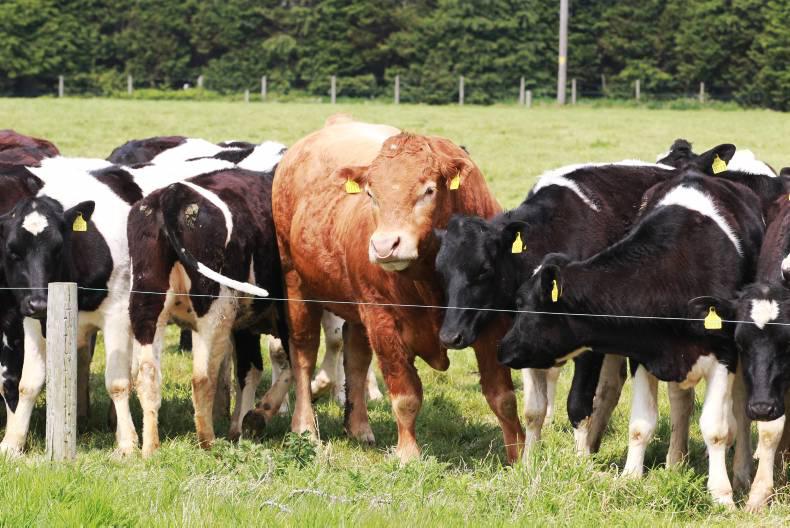In my opinion, it is crucial to get maiden heifers off to the best possible start in their milking career. The best start in their milking career is to get them calving in the first three weeks of the calving season next year.
Remember, by the time the heifer starts producing milk, you will have spent 24 months feeding it for little or no monetary return. It is not until halfway through second lactation that you start getting a return on your investment – on average, that’s 42 months after the heifer calf was born.
The key to keeping that heifer in your herd for the longest possible time is to breed her early in the breeding season. While you might think you are doing good by her waiting until later in the breeding season so that she has more size, what you might actually be doing is pushing her closer to the trapdoor and shortening her productive life in the milking herd.
The double E – early and easy – should be front and centre when making breeding decisions on maiden heifers on dairy farms. In many cases, the objective of this first early calf is not the replacements that you will breed from maiden heifers, but more a plan to extend the productive life of the heifer and give her every chance of recovering from her first calving and getting back in calf again.
On balance, your mature cows (no matter how good the fertility) will slip that bit later in calving date, so you need your maiden heifers calving on time and early to balance the slight slip you might get from the mature milking herd.
What to breed with
So now that we have you convinced breeding the maiden heifers early is the right thing to do, the key questions are what to breed them with and how. The key danger of breeding maiden heifers with beef AI or a beef stock bull is the chance of a hard calving.
There is also, of course, a chance the stock bull might not be working or that a young bull might be over-worked in the first season.
For that reason, many dairy farmers are now using dairy AI only on maiden heifers – the calving ease has been measured and the gestation length often means the calf will come seven to 10 days before its due date.
All the sires listed on the ICBF active bull list have calving ease data and it is fair to say at least 15 of them are probably too hard-calving for many cows, not to mind maiden heifers.
In large herds where calving ease is more crucial (as there will not be someone present at every calving), anything over three in calving difficulty should be questioned very hard.
For this reason, the decision for many of the best dairy farmers will be to breed a high-EBI Jersey sire or a very easy-calving Holstein Friesian (less than two on calving ease).
When it comes to the how question, much will depend on the availability of labour, feed and handling facilities. Many farmers will have heifers grazing on outfarms away from the milking block where often there is no crush or farm roadways to allow them use AI.
Some farmers will bring the heifers home for 10 days and start bringing the heifers that have been bred back to the outfarm after the first few days of AI are complete.
While there is a cost, many farmers will consider a synchronisation protocol for maiden heifers to allow them get that job completed before the main breeding season starts in milking cows. A synchronisation protocol could be a complete waste of time if heifers are not well grown and showing heat.
There are a number of options to consider. All should include heat detection aids such as scratch cards or kamars as opposed to tail paint because tail paint doesn’t seem to work as well on maiden heifers as it does on milking cows. This requires a bit of planning – a dry day preferably.
So what are the options in terms of synchronisation protocols? I’ve listed four options below that are real options to consider depending on your limiting resource. All will work, but of course you need well-grown heifers (over 300kg) for best results.


